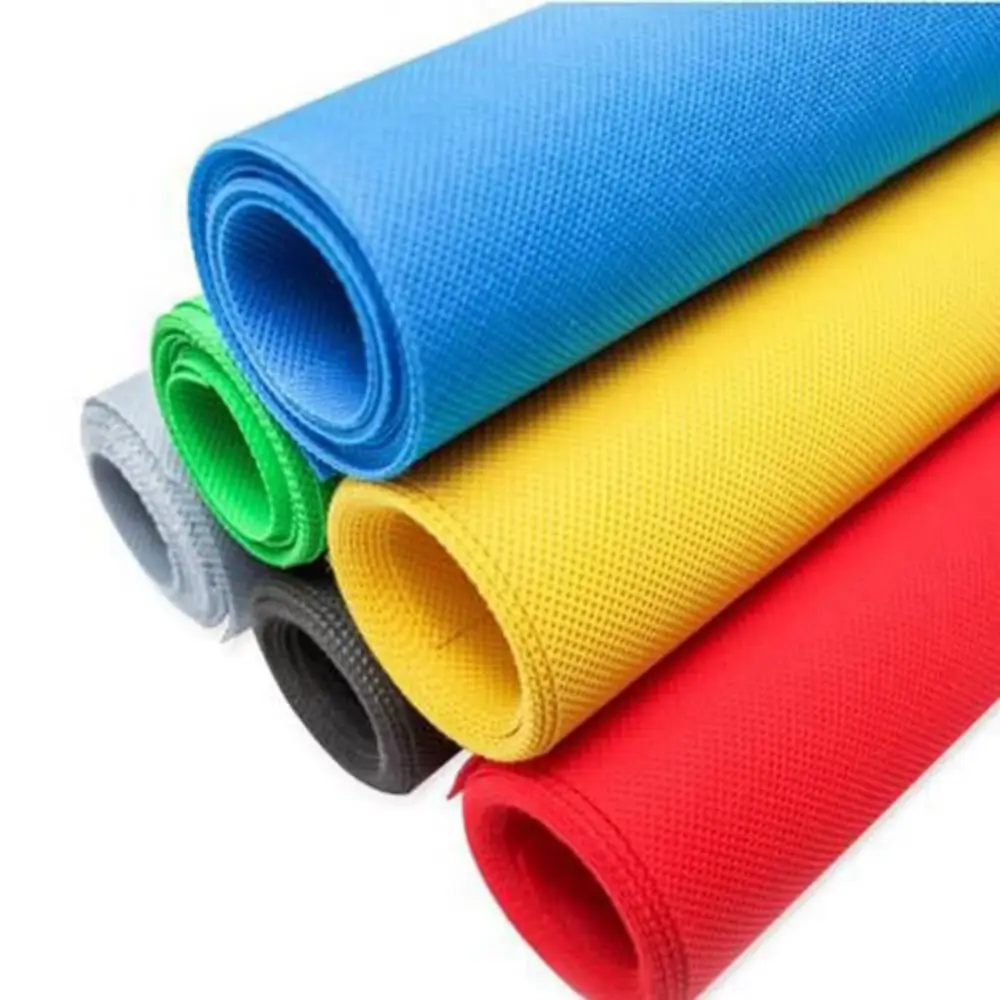Nonwoven Fabric
Nonwoven fabric is a type of material created by bonding fibers together without the use of weaving or knitting processes. These fabrics are typically produced using mechanical, chemical, or thermal methods. Common production techniques include spunbond, meltblown, needle punch, and airlaid. Spunbond binds fibers with hot needles, while meltblown transforms molten polymers into fine fibers. Needle punch uses mechanical needles to bond fibers, and in the airlaid method, fibers are freely distributed by air currents. These production processes make the fabric lightweight, durable, and flexible.
Nonwoven fabrics are preferred in various sectors due to their wide range of applications. In the medical sector, they are used in surgical drapes, masks, and hygiene products; in the automotive industry, for interior parts and filters; and in construction, for ground covers and insulation materials. Additionally, due to their eco-friendly nature, they offer recyclable options and are biodegradable. Nonwoven fabrics provide long-lasting and efficient use with their durability, lightweight properties, and various characteristics.

Nonwoven Fabric
Durability: Nonwoven fabrics have high mechanical durability and are resistant to wear and tear, ensuring long-lasting performance even with extended use.
Lightness: These fabrics provide a significant advantage in terms of portability and ease of use due to their low weight, making them practical and comfortable.
Environmentally Friendly: With recyclable and biodegradable properties, these fabrics do not harm the environment and offer sustainable usage.
Flexibility and Breathability: Nonwoven fabrics offer comfort due to their flexible structure and breathable properties, enabling efficient results across various applications.



